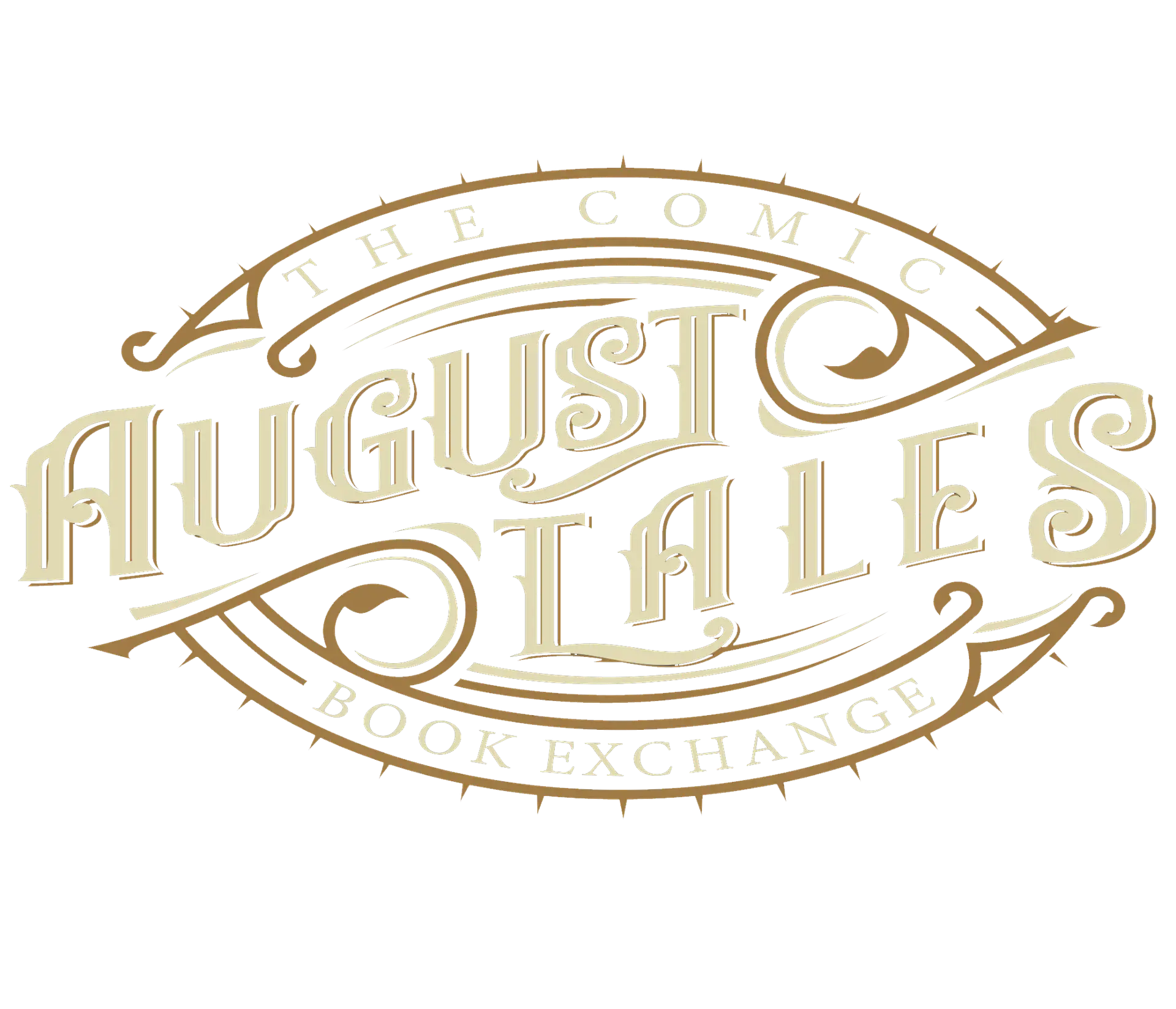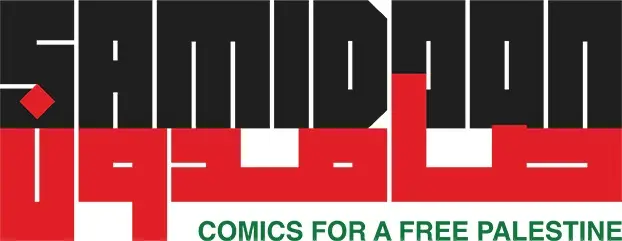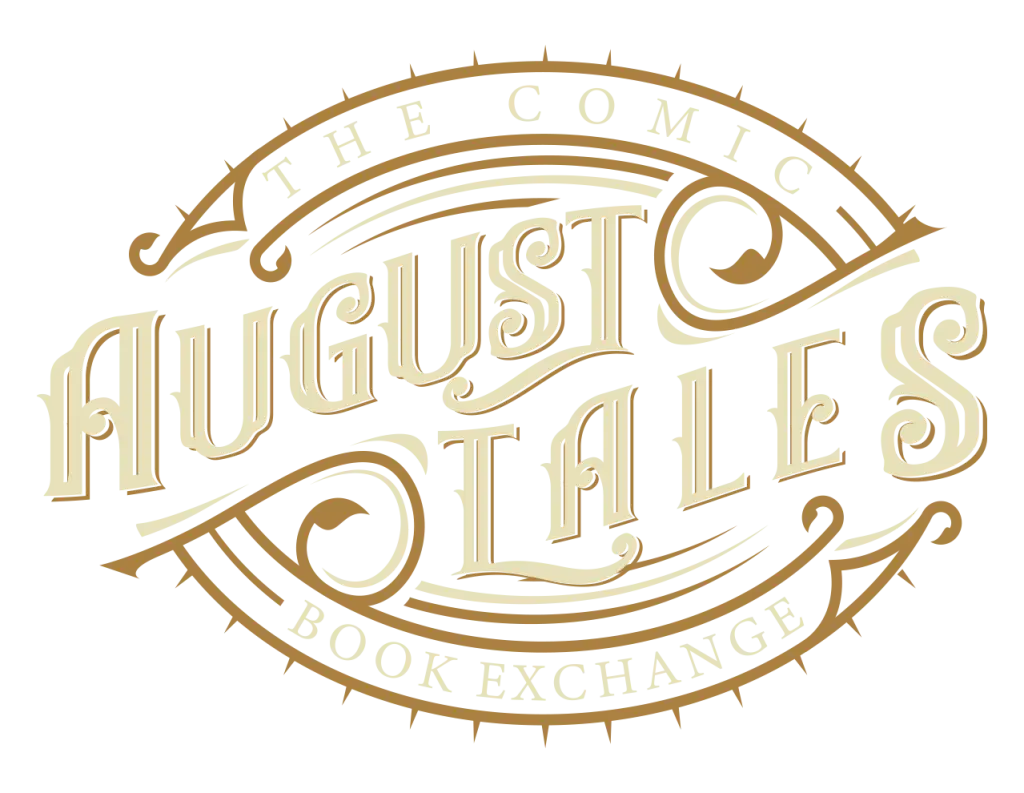In the ink-drenched margins of an industry often defined by capes and cosmic battles, Samidoon: Comics for a Free Palestine demands your attention. This isn’t escapism—it’s confrontation. The anthology stitches together memoir, folklore, and speculative fiction into a visual uprising that speaks not just for Palestinians but to the global conscience. At a time when silence can feel like complicity, Samidoon makes a thunderous statement with every stroke of the pen.
This is a comic collection that doesn’t play it safe—it plays it true.
Where Art Meets Defiance
With a title that means “steadfast,” Samidoon arrives as both tribute and testimony. It charts the resistance not through policy, but through perspective—distilling identity, oppression, and endurance into sixty-four pages of uncompromising art.
Some stories simmer with rage. Others ache with the softness of memory. All are urgent.
Contributors include Ignatz Award-winner Iasmin Omar Ata and Palestine Book Award recipient Mohammad Sabaaneh, each panel unfolding like a protest chant. From diasporic recollections to reimagined legends, the collection moves beyond borders to form a shared language of survival. It’s not just a comic. It’s a mosaic of refusal, beautifully rendered.
A Medium That Remembers
Comics have long flirted with rebellion—from the underground zines of the ‘70s to Alan Moore’s masked revolutions. But Samidoon positions the form as a frontline weapon. Through bold linework, expressive lettering, and daring layouts, it reframes the comic as archive and agitator.
What if the panel could become a placard? What if ink became a form of protest?
This anthology suggests exactly that. Every page resists erasure. These stories do more than exist—they insist.
Not a Requiem—A Rally Cry
While Samidoon is rooted in pain, it does not drown in it. Instead, it uses the medium to humanize conflict, amplify hope, and challenge numbness. It makes clear that resistance isn’t just surviving—it’s creating. And through its vibrancy, Samidoon becomes a living artifact: not a monument to the past, but a map toward the future.
Each tale serves as a reminder that the narrative of Palestine cannot be buried beneath headlines. It lives in stories passed through generations, and now, in panels carved with urgency and care.
A Turning Point for Comics
The comic industry often hesitates to wade into geopolitical terrain. Samidoon doesn’t wade—it dives. And in doing so, it forces a redefinition of what comics can do. It’s visual storytelling with the weight of a movement, and it challenges other creators to step up.
It’s no longer a question of “Can comics carry political weight?” The question now is “Why haven’t more tried?”
Toward a Visual Uprising
The arrival of Samidoon feels like a spark. It may be an anthology, but it reads like a manifesto—one that turns pain into purpose and isolation into intersection. As it launches into the world, it does so not quietly, but defiantly, ready to reframe how comics function within protest culture.
Its legacy is already being written, not just in reviews, but in conversations, classrooms, and solidarity circles around the world.
In Samidoon, comics don’t just tell a story. They stand for something.
And in doing so, they remind us—art can resist. Art can remember. Art, sometimes, is the revolution itself.
Read this article and more at August Tales Comics. Your go-to site for comic book news and trade paperback exchanges! Trade. Read. Repeat.
#comics #comicbooks #graphicnovel #graphicnovels #augusttales #scifi #fantasy #manga #anime
Image credit: Broken Frontier







